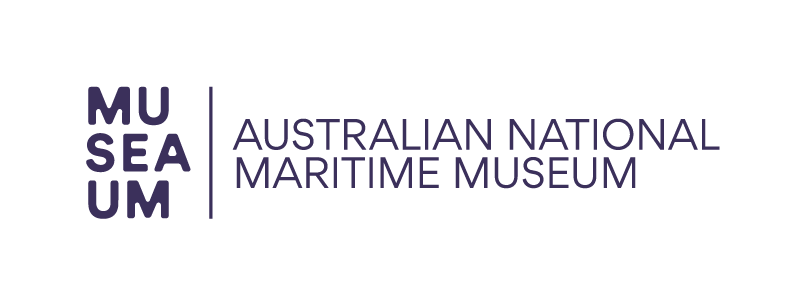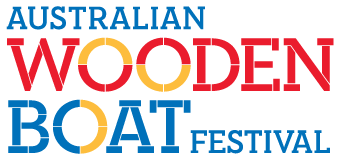CHANGE OF PLANS - update 12th Feb 11:05pm - AUSTRALIAN NATIONAL MARITIME MUSEUM WOODEN BOAT SYMPOSIUM
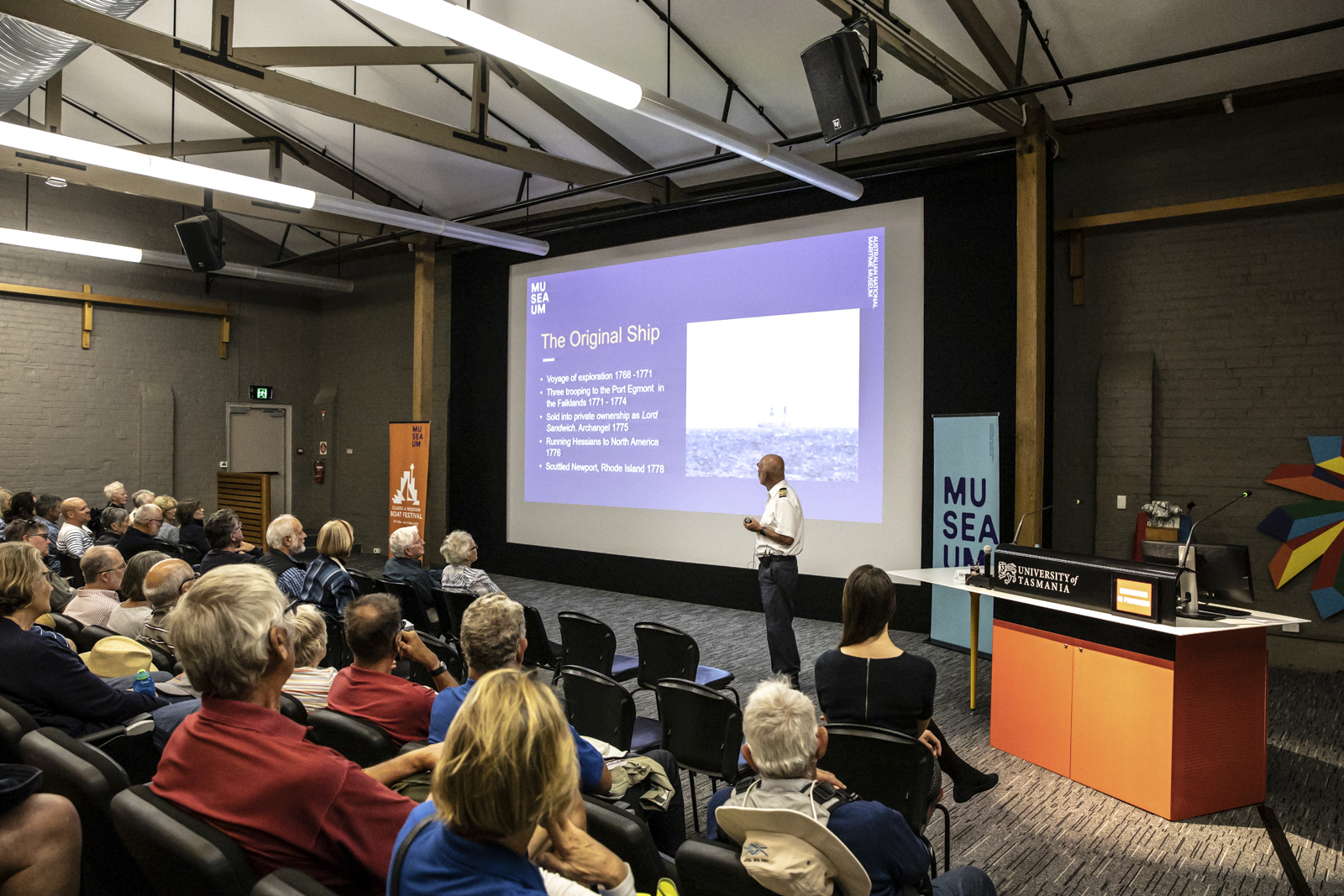
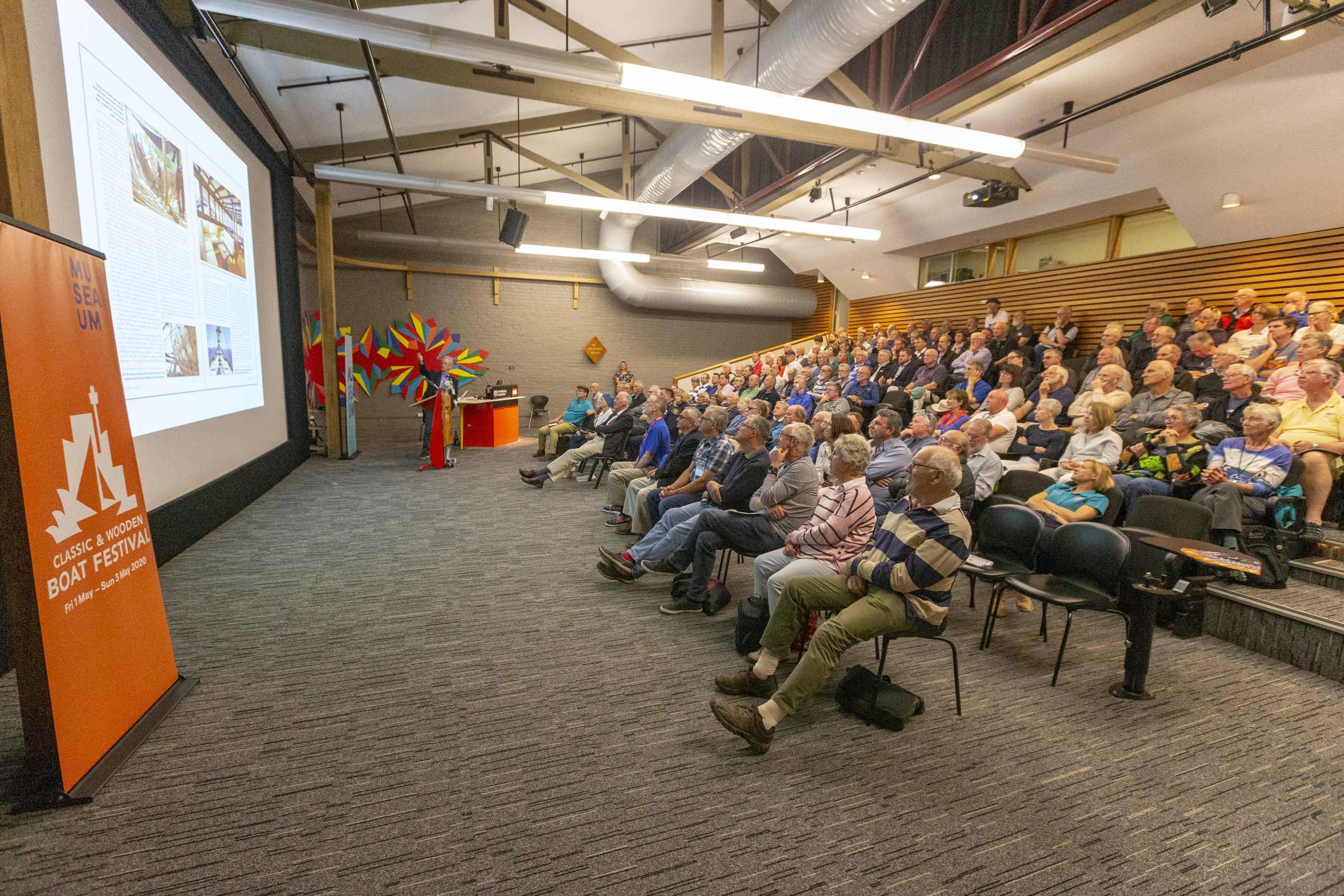
Held in the Dechaineux Theatre on historic Hunter Street, the Australian Maritime Museum Wooden Boat Symposium presents an impressive line up of professionals and enthusiasts sharing their love of wooden boats and expertise on the topic. Topics will range from maritime history, restoration of wooden boats, Australian builders and designers to indigenous watercraft. The theatre style sessions will run over two days during the festival and entry is free *spaces are limited*.
| Speaker | Presentation | Day | Start | Finish |
| Honourable Barbara Baker AC | Official Opening by Governor of Tasmania | Saturday | 1000 | 1030 |
| David Payne | Indigenous watercraft of Australia | Saturday | Cancelled | Cancelled |
| Nicole Mays and Colin Grazules | The 21' Restricted Class of yacht | Saturday | 1200 | 1300 |
| Bill Wright | The boats of Norman Wright & Sons | Saturday | 1300 | 1400 |
| Mike Smith | Pearling luggers, mission boats and outrigger canoes | Saturday | 1400 | 1500 |
| Tony Mackay | The Halvorsen story | Saturday | 1500 | 1600 |
| Ian Smith | Building a replica Ranger class yacht | Saturday | 1600 | 1700 |
| Tim Phillips, Peter Harris, Sarah Parry, Ian Johnston | Forum: The Future of Boatbuilding Wood | Sunday | 1000 | 1200 |
| Kieran Hosty | The Barangaroo boat | Sunday | 1200 | 1300 |
| Len Randell | Rugged and other WA designs | Sunday | 1300 | 1400 |
| Jeremy Clowes and Colin Grazules | The restoration of 1896 Kauri racing yacht Te Uira | Sunday | 1400 | 1500 |
| Matt Morris and Iefke van Gogh | Building Tarkine | Sunday | 1500 | 1600 |
| Peter Harris | Preserving, restoring and rebuilding Alma Doepel | Sunday | 1600 | 1700 |
| Richard Smith | Bringing the City of Adelaide back to SA | Sunday | 1700 | 1800 |
| Mirjam Hilgeman | Duyfken - a 16th century challenge | Monday | 1000 | 1100 |
| Kim Marsh | The Australian wooden surfboat | Monday | 1100 | 1200 |
| Douglas Brooks | An apprentice boatbuilder in Japan | Monday | 1200 | 1300 |

Forum: The Future of Boatbuilding Wood
Summary
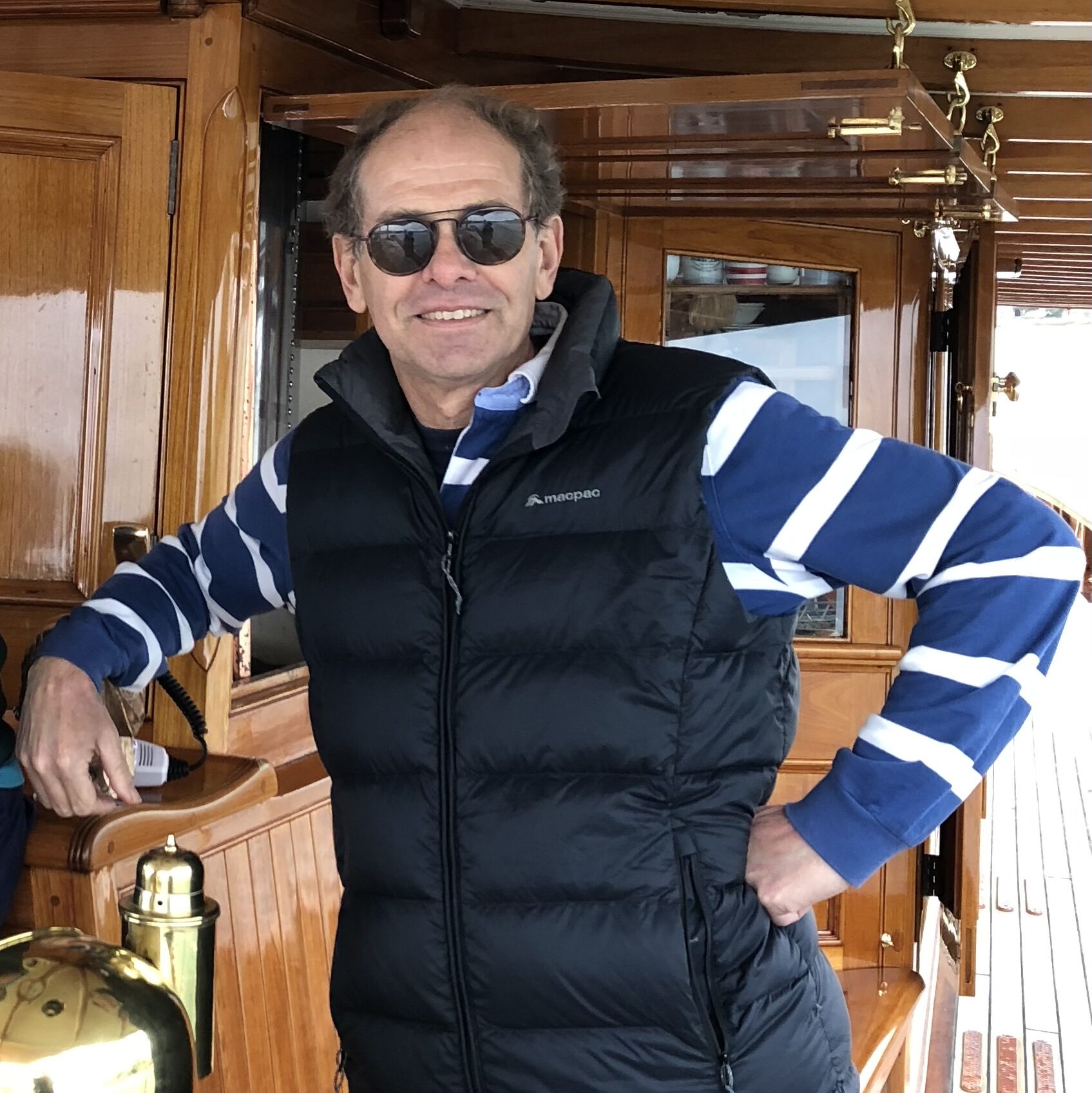
DAVID PAYNE
The First Wooden Boats - Indigenous Watercraft in Australia
Summary
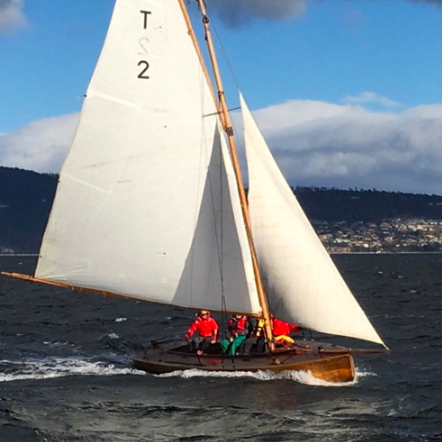
NICOLE MAYS & COLIN GRAZULES
Little Boats with Sails - The History of the 21ft Restricted Class Yacht
Summary
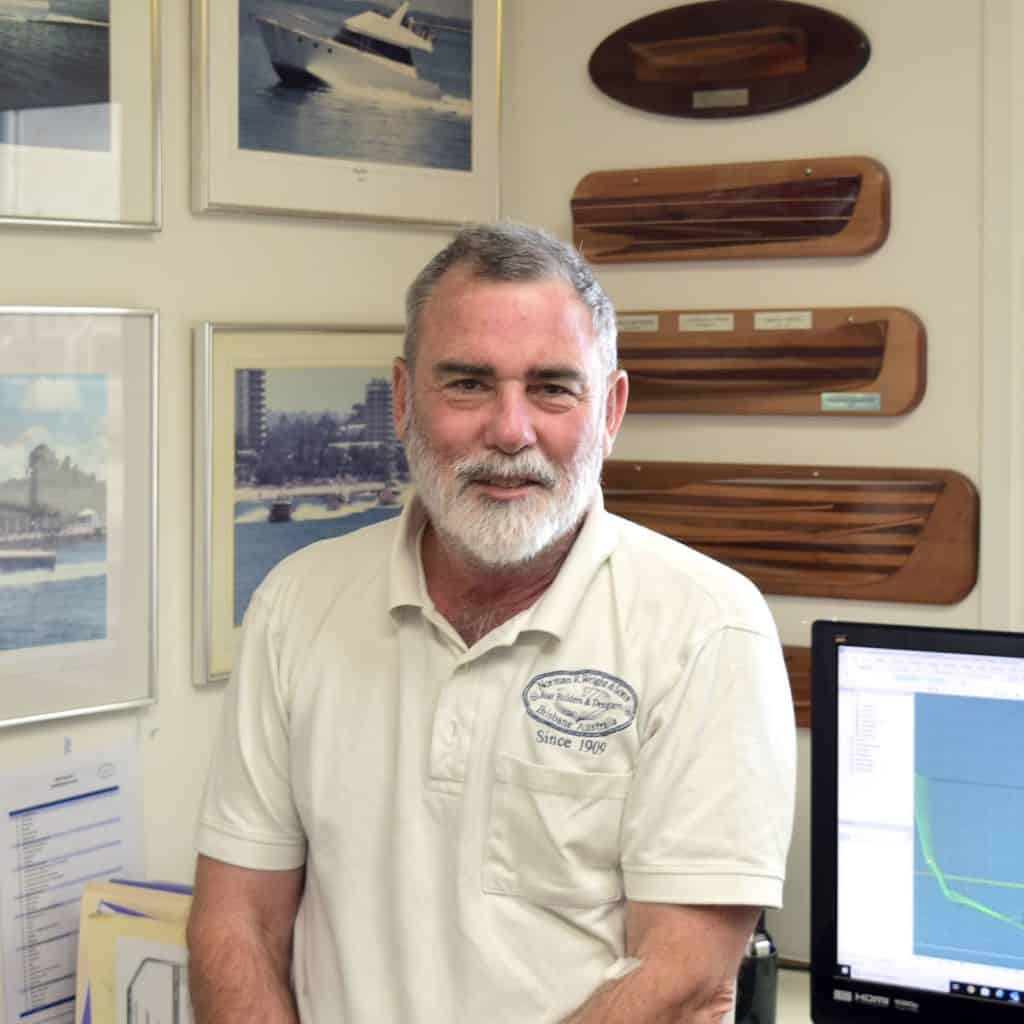
BILL WRIGHT
The Boats of Norman R. Wright & Sons
Summary
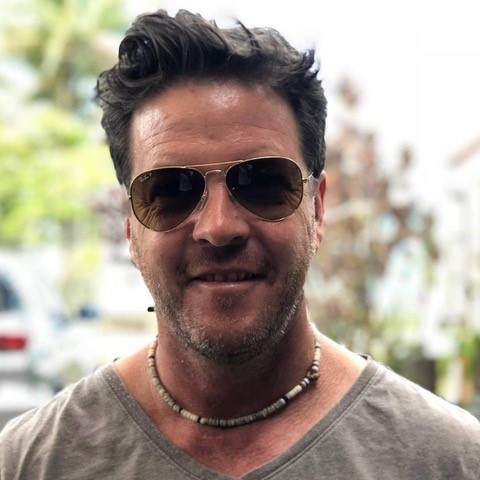
MIKE SMITH
The Saltwater Club - Pearl Luggers, Mission Boats, Outrigger Canoes and Tasmania's Derwent Hunter
Summary

IAN SMITH
Building a Carvel-Planked Ranger in the 21st Century
Summary
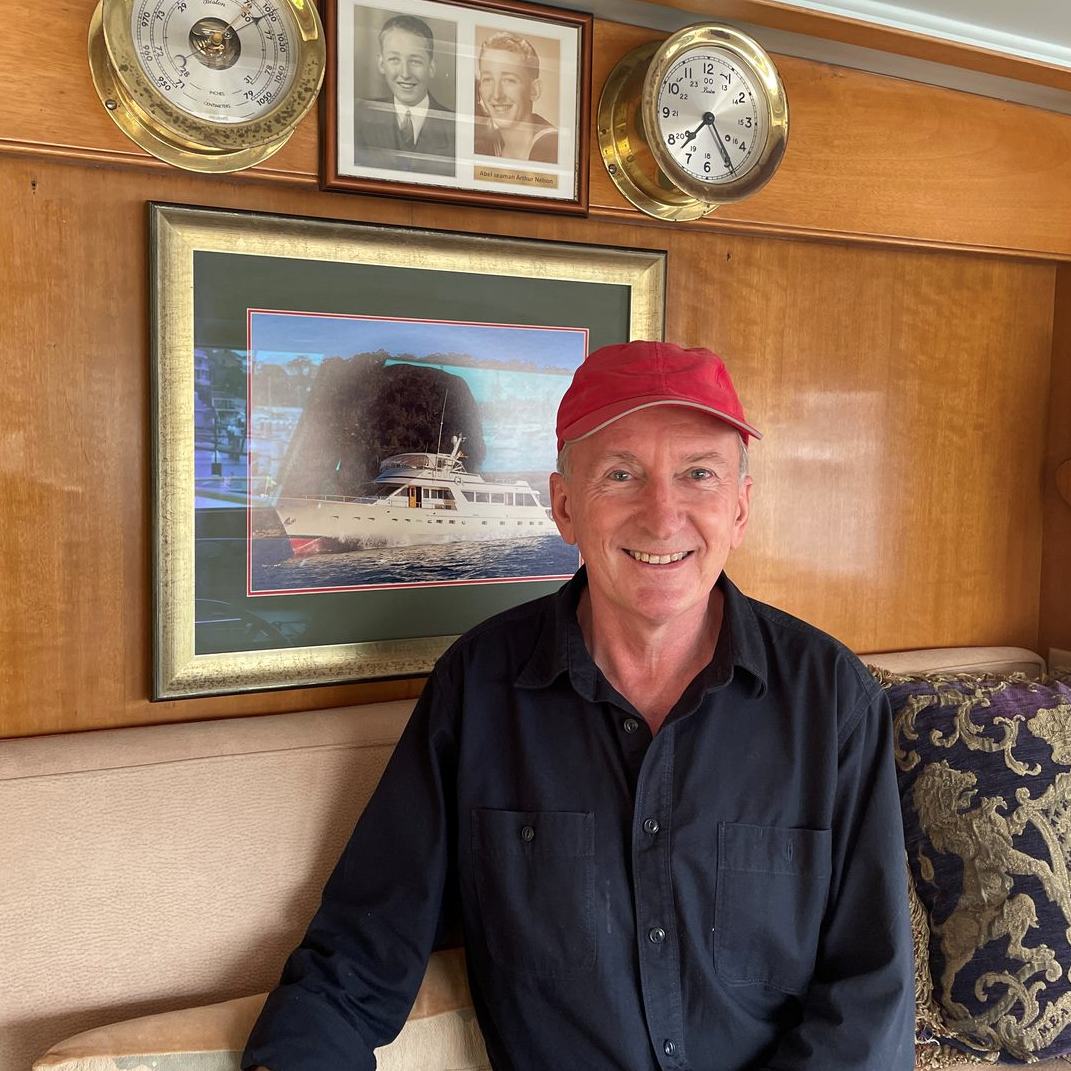
TONY MACKAY
Boatbuilding on 5 Continents - The Story of the Halvorsen Family
Summary
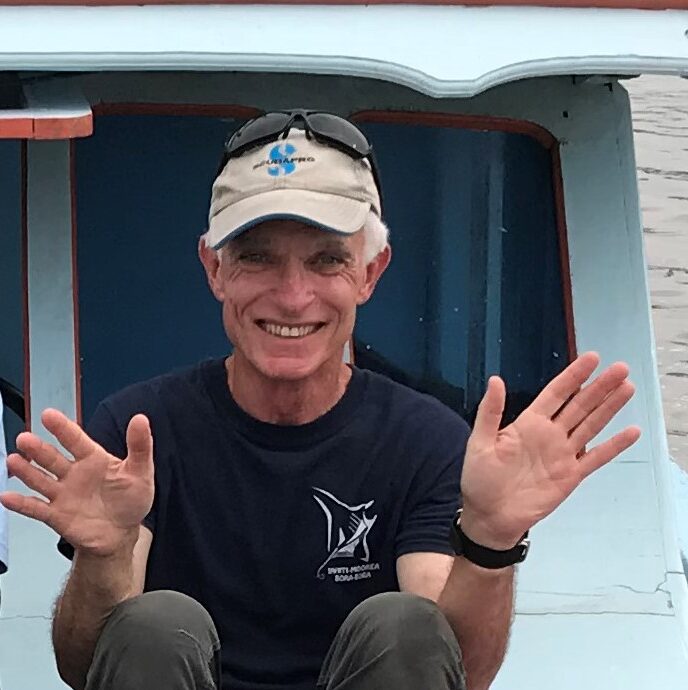
KIERAN HOSTY
The Barangaroo Boat: Archaeology and Conservation of an early colonial vessel
Summary
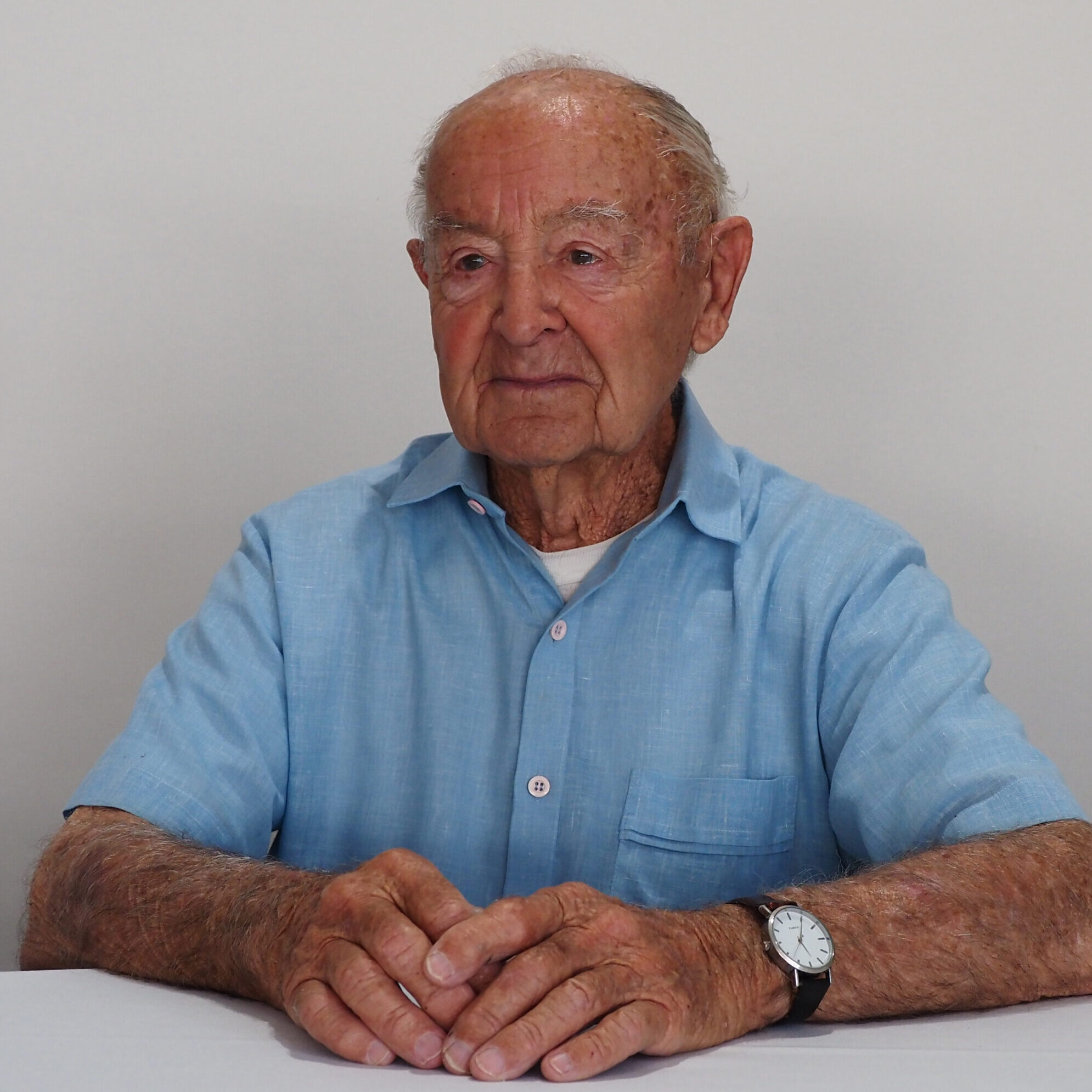
LEN RANDELL
Memories of life with wooden boats
Summary
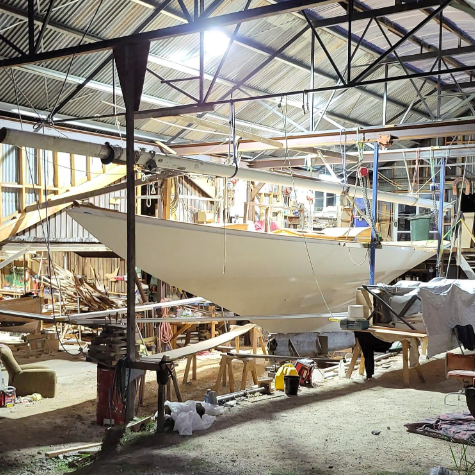
JEREMY CLOWES & COLIN GRAZULES
An amazing survivor - the history and restoration of the 1896 Kauri racing yacht Te Uira
Summary
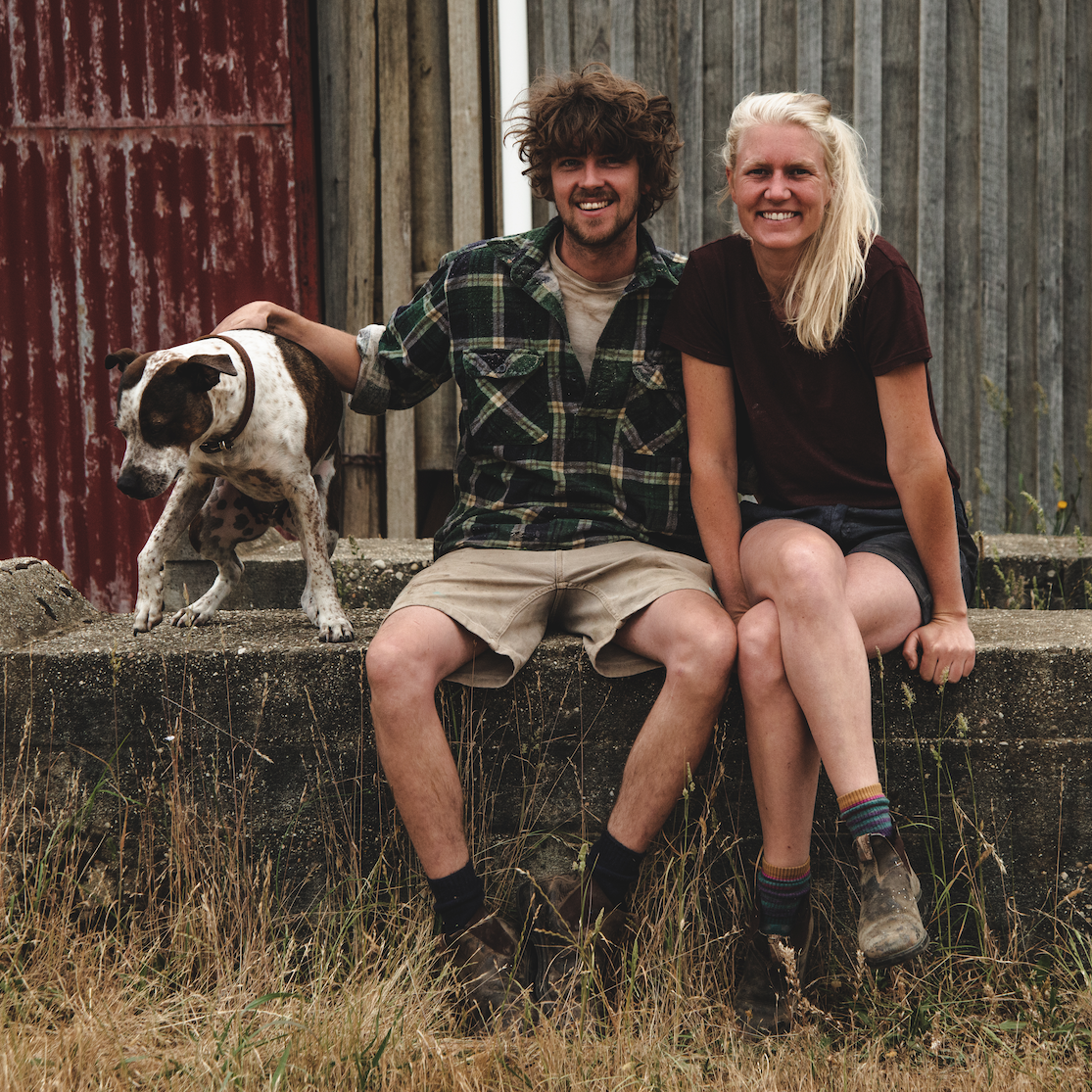
MATT MORRIS & IEFKE VAN GOGH
A Boat By The River - building our wooden boat Tarkine
Summary
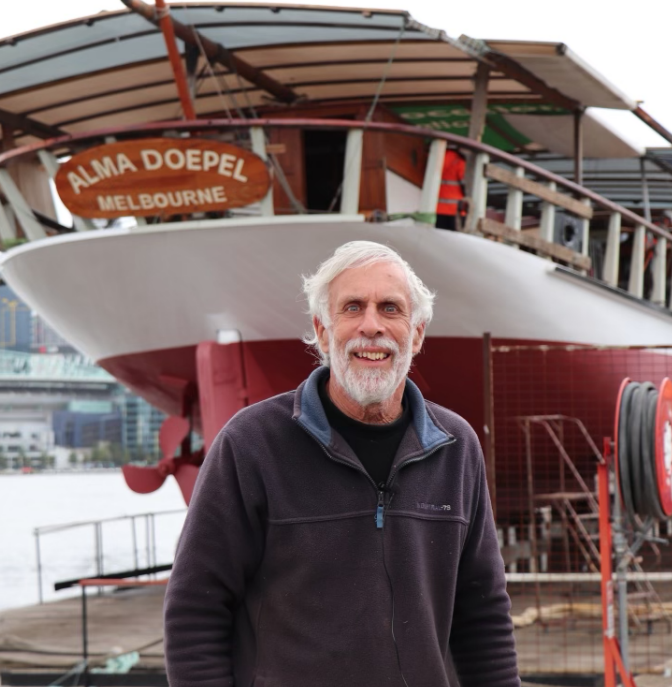
PETER HARRIS
Preserving, restoring and rebuilding Alma Doepel
Summary
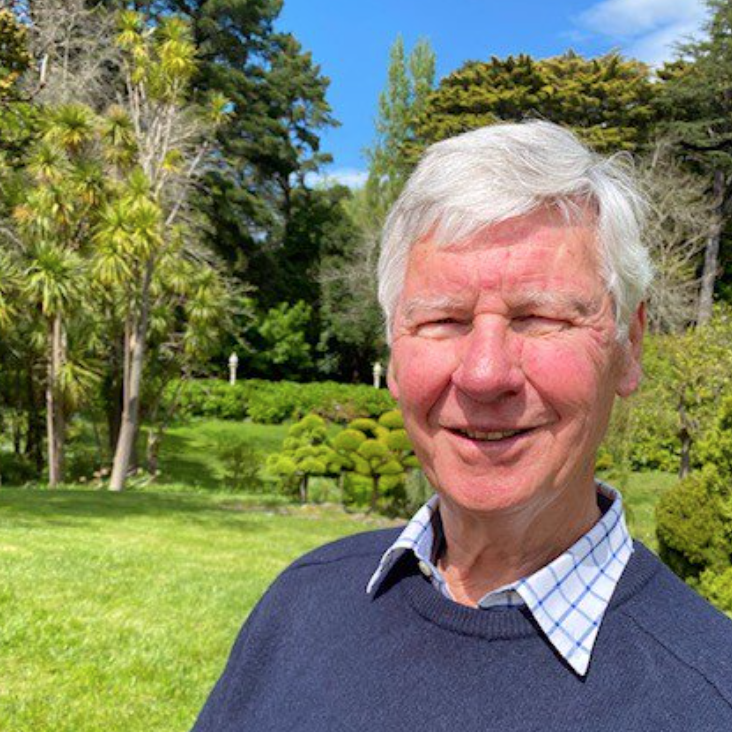
RICHARD SMITH
Bringing the world's oldest surviving composite clipper ship back to Adelaide
Summary
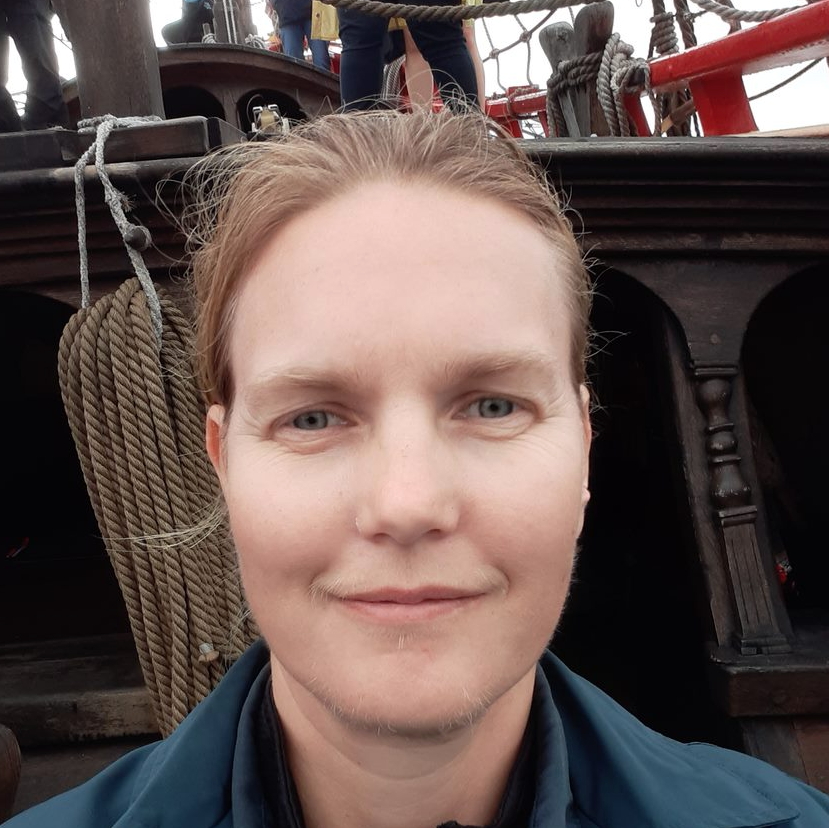
MIRJAM HILGEMAN
Duyfken: A 16th Century Challenge
Summary
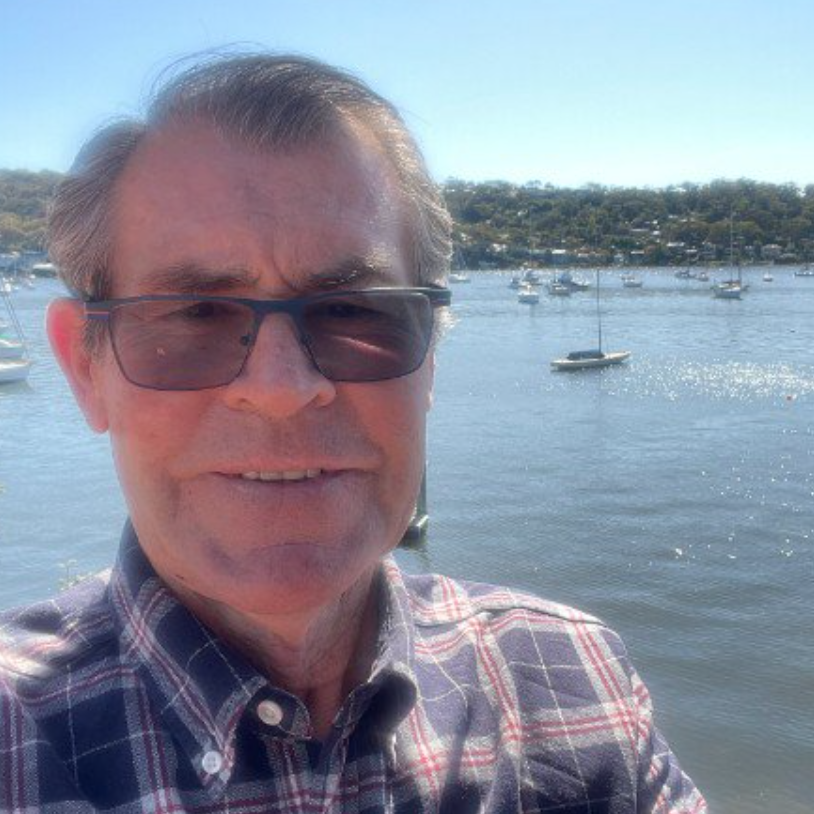
KIM MARSH
Evolution and Traditions of the Iconic Australian Wooden Surfboat
Summary
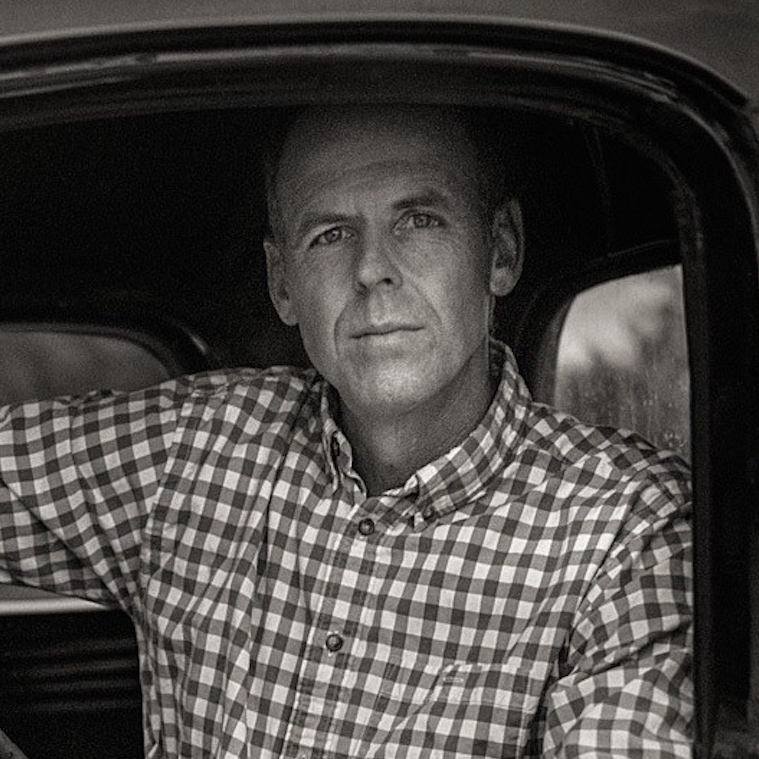
DOUGLAS BROOKS
Ways of learning - an apprentice boatbuilder in Japan
Summary
The Australian National Maritime Museum have been partners for the Wooden Boat Symposium for several festivals, promoting wooden boat culture and conversations. The Australian National Maritime Museum is the national centre for maritime collections, exhibitions, experiences and knowledge, custodians of historic vessels and the cultural hub for stories and heritage. We are proud to partner with Australian National Maritime Museum to bring you the Australian National Maritime Museum Wooden Boat Symposium.
